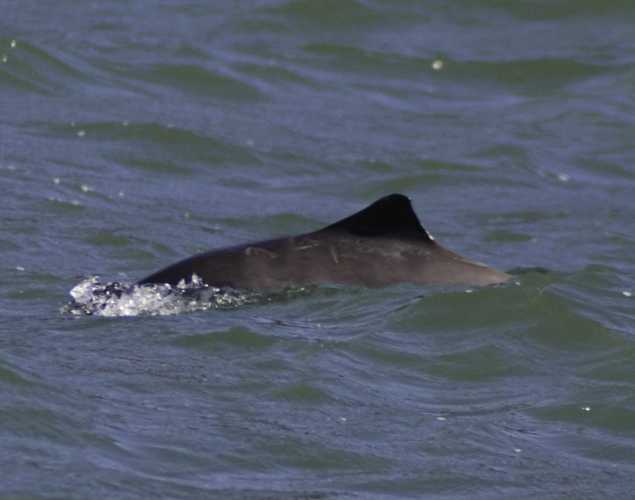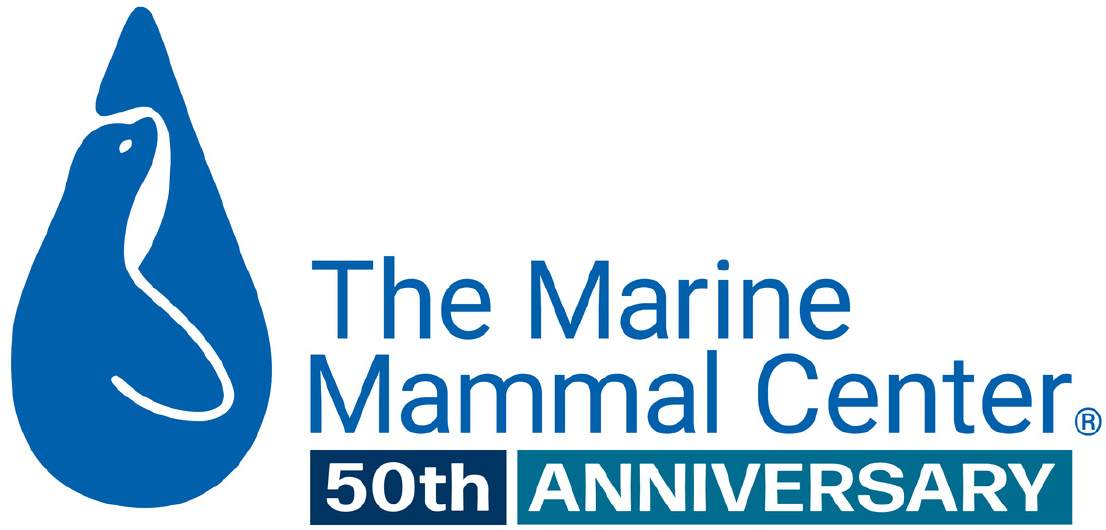
The Sex Life of Harbor Porpoises: Lateralized and Aerial Behavior
- Behavior
- Natural history
Abstract
The Golden Gate Bridge in San Francisco Bay provides a non-invasive aerial platform where harbor porpoises (Phocoena phocoena) can be observed mating. We photographed 144 mating events over an eight-year period (2010 to 2018) occurring in all seasons. The mating habits of free-ranging male harbor porpoises are systematically described, a first for any member of the family Phocoenidae. The males’ rapid sexual approaches toward females were characterized by high energy and precision timing as males rushed to contact females surfacing to breathe. Males always attempted to copulate by positioning their ventral sides on the females’ left side. This extreme laterality in sexual approach has not been reported for any cetacean. Males approached females with force and speed that often resulted in male aerial behaviors (69% of mating attempts). These behaviors, observed exclusively in mating contexts, included leaps and splashes that counter the species’ reputation for inconspicuous behavior. Males also displayed their ventrum or penis toward females without attempting to copulate. The penis was visible in 60% of the 96 mating events for which the ventrum could be observed, with intromission confirmed in one event. Males always initiated mating and approached lone females in 62.5% of mating events. Calves accompanied females during 25% of mating events. Calves were temporarily separated from their mothers by the approaching males in approximately half of these events. Additional adults were observed in 12.5% of groups, although no male–male interactions were observed. Our findings on the unique mating pattern exhibited by male harbor porpoises validate some predictions made about their behavior based on their reproductive biology and anatomy. The data support the hypothesis that males compete primarily by sperm competition and not contest competition.
Keener, B., Webber, M.A., Szczepaniak, I.D., Markowitz, T.M., Orbach, D.N., 2018. The Sex Life of Harbor Porpoises (Phocoena phocoena): Lateralized and Aerial Behavior. Aquatic Mammals, 44(6): 620-632.
Meet The Experts
{"image":"\/People\/Portrait\/cropped-images\/bill-keener-0-0-3030-2314-1601930964.jpg","alt":"Bill Keener","title":"Bill Keener","text":"Cetacean Field Research Associate","link_url":"https:\/\/www.marinemammalcenter.org\/person\/bill-keener","link_text":"Read Bio"}

{"image":"\/People\/Portrait\/timothy-markowitz.jpg","alt":"Tim Markowitz","title":"Tim Markowitz","text":"Cetacean Field Research Associate","link_url":"https:\/\/www.marinemammalcenter.org\/person\/tim-markowitz","link_text":"Read Bio"}

Related Publications
{"image":"\/Animals\/Patients\/Harbor seals\/hs-by-bill-hunnewell-c-the-marine-mammal-center.jpg","alt":"harbor seal in a life preserver enrichment item","title":"Enrichment as a Tool for Rehabilitating Harbor Seals","link_url":"https:\/\/www.marinemammalcenter.org\/publications\/enrichment-as-a-tool-for-rehabilitating-harbor-seals","label":"Research Paper"}

{"image":"\/Animals\/Wild\/Harbor porpoise\/cropped-images\/harbor-porpoises-foraging-by-marc-webber-c-the-marine-mammal-center-4-0-1276-996-1618438446.jpg","alt":"harbor porpoises eating a large fish","title":"Prey-Related Suffocation in Harbor Porpoises","link_url":"https:\/\/www.marinemammalcenter.org\/publications\/prey-related-suffocation-in-harbor-porpoises","label":"Research Paper"}

{"image":"\/Animals\/Wild\/Harbor porpoise\/cropped-images\/harbor-porpoises-aerial-view-badge-by-marc-webber-c-the-marine-mammal-center-0-88-1280-999-1618509985.jpg","alt":"Harbor porpoises seen from above","title":"Coevolution of Asymmetric and Spiraled Genitalia with Unique Mating Behavior","link_url":"https:\/\/www.marinemammalcenter.org\/publications\/coevolution-of-asymmetric-and-spiraled-genitalia-with-unique-mating-behavior","label":"Research Paper"}

Coevolution of Asymmetric and Spiraled Genitalia with Unique Mating Behavior
Read More{"image":"\/Animals\/Wild\/Harbor porpoise\/harbor-porpoise-shutterstock-2.jpg","alt":"harbor porpoise","title":"Harbor Porpoises Catching and Handling Large Fish","link_url":"https:\/\/www.marinemammalcenter.org\/publications\/harbor-porpoises-catching-and-handling-large-fish","label":"Research Paper"}

Related News
{"image":"\/Animals\/Wild\/Hawaiian monk seal\/cropped-images\/hms-wild-photo-1-c-noaa-pifsc-hmsrp-35-0-1270-992-1759760452.jpg","alt":"A Hawaiian monk seal rests on its side on a sandy beach.","title":"Where Do Hawaiian Monk Seals Live? And Other \u2018\u012alio Holo I Ka Uaua Trivia","link_url":"https:\/\/www.marinemammalcenter.org\/news\/where-do-hawaiian-monk-seals-live-and-other-ilio-holo-i-ka-uaua-trivia","label":"News Update","date":"2025-10-06 00:00:00"}

Where Do Hawaiian Monk Seals Live? And Other ‘Īlio Holo I Ka Uaua Trivia
October 6, 2025
Read More{"image":"\/Animals\/Patients\/Elephant seals\/cropped-images\/es-hoffman47927-photo-by-bill-hunnewell-c-the-marine-mammal-center-124-0-1270-992-1748384535.jpg","alt":"An An elephant seal\u2019s face with long black whiskers and wide eyes emerges from the water. ","title":"Adaptations of the Deep: Seal Whiskers and Eyes","link_url":"https:\/\/www.marinemammalcenter.org\/news\/adaptations-of-the-deep-seal-whiskers-and-eyes","label":"Patient Update","date":"2025-05-28 02:00:00"}

{"image":"\/Animals\/Wild\/Humpback whale\/cropped-images\/humpback-whale-sea-lions-photo-c-bill-hunnewell-102-0-1270-992-1743014972.jpg","alt":"A California sea lion jumps out of the ocean next to a humpback whale showing its tail and another whale showing its back.","title":"What is the Loudest Animal on Earth? And Other Animal Trivia","link_url":"https:\/\/www.marinemammalcenter.org\/news\/what-is-the-loudest-animal-on-earth-and-other-animal-trivia","label":"News Update","date":"2025-03-26 07:00:00"}

{"image":"\/Animals\/Wild\/Guadalupe fur seal\/cropped-images\/gfs-wild-photo-by-marc-webber-193-0-1270-992-1739906952.jpg","alt":"A Guadalupe fur seal floats in the water with its flippers raised. ","title":"Your Visual Guide to Sea Lion and Seal Behavior","link_url":"https:\/\/www.marinemammalcenter.org\/news\/your-visual-guide-to-sea-lion-and-seal-behavior","label":"News Update","date":"2025-02-18 02:00:00"}


